Earth Day Activities for Kids & Parents
Join the mission to protect our planet and all the animals that call it home! April 22 is Earth Day and it is the perfect time to get outside with your kids and explore nature. You can also use this day to teach about recycling, composting, conservation, and other earth-friendly activities. Here are three meaningful and fun Earth Day activities for kids that you can do together as a family and help Mother Earth.
Attracting Birds, Butterflies, & Other Backyard Wildlife
From renowned National Wildlife Federation naturalist and TV host David Mizejewski comes a new book to show you how to create a magical ecosystem right in your backyard!
50 Simple Indoor Miniature Gardens
The smallest window sill, the tiniest balcony, or a sliver of space on a bookcase can now be adorned by thriving greenery!
Gardening for Geeks
The ultimate organic gardening resource, Gardening for Geeks provides readers with everything they need to know about designing, building, and sustaining their own garden.
Low-Maintenance Vegetable Gardening
This book demystifies the growing of fruit and vegetables and shows that, with the right approach, it can be done successfully as a weekend project or fit into a busy week.
Growing an Avocado from Seed
Produce your own produce! Did you know that you can regrow potatoes, spices, pineapples, celery, and more? Inside Regrow Your Veggies, you can find out how to grow vegetables from roots, cuttings, and scraps. Enjoy this avocado growing section from inside the book!
1. Gently remove the avocado seed, wash it thoroughly under cold water, and dry it off. Using four toothpicks, poke holes into the seed at even distances apart. Poke the holes slightly below the middle
half of the seed.
2. Place your toothpick-avocado seed construction on a small glass of water. The toothpicks ensure that only the lower part of the seed is submerged in water. A bright and warm location is important. Also, make sure to regularly change the water.
3. After a few weeks, you will start to see roots growing from the bottom of the seed. Eventually, the tip of the seed will break open and a small stalk will emerge. Continue to change the water regularly and give the plant some time.
4. After a few weeks, you will begin to see the first leaves. Once the plant is 6–8in tall, you can plant it in soil. Make sure that everything but the top of the seed is covered in soil. A bright area and regular watering will help your avocado continue to grow.
Get more tips on how to harvest and use avocados inside Regrow Your Veggies!
Regrow Your Veggies
Don’t rebuy your veggies, regrow them!
- 21 delicious foods that can be regrown at home, from scallions and lettuce to galangal, Jerusalem artichoke, and mango
- Step-by-step instructions and photography to help you effectively propagate your favorite vegetables, herbs, and fruits
- Troubleshooting advice, including dealing with pests, pathogens, and mold
- Save money and time at the grocery store by sustainably regrowing your own produce
Support Pollinators
Add some things to your garden space that will attract honey bees and other useful pollinators to your area. All gardeners know the importance of pollinators, so we think it only makes sense to fill your
garden—and its vicinity—with plenty of wonderful flowers and flowering plants and trees that will help bring in honey bees from all directions. Here are several plants that will attract bees to your garden from Authors Samantha and Daniel Johnson in their Garden DIY Book:
1. Bee Balm. This is one of our favorite flowers to have around the house and garden. The vivid colors and unique shape of bee balm make it a fun plant to have around, plus the bees love it. Expect to see
some butterflies and even hummingbirds exploring the flowers, as well.
2. Dandelions. Some folks may dislike dandelions, but the bees love them, especially in the early spring before many other nectar sources are available.
3. Goldenrod. Goldenrod spreads quickly and can be unsightly once it fades, but in the late-summer while the yellow flowers are blossoming, bees will enjoy them.
4. Chives can be a fun herb to have in your garden. They’re hardy and easy to grow, plus they can be put to use in recipes. Chives bloom early in the year with a spectacular assortment of circular purple flowers that honey bees seem to enjoy a lot.
From a rain barrel and birdbath to growing potatoes and creating garden marker rocks, check out 25 fun-to-make projects for an attractive and productive garden with Garden DIY.
Garden DIY
Make the most of your garden!
- 25 step-by-step projects that are easy to accomplish with only basic techniques and inexpensive materials
- Over 600 photos and illustrations take you through every step and process
- Create bee-friendly flower gardens, mason bee house, trellises, raised beds, cold frames, compost bins, birdbaths, garden gates, benches, and more
- Complete plans, how-to photos, construction and painting tips, and a cut list, skill level, and time frame for each project
All life needs water
Water is all around us, in lakes, rivers, and the sea, but purifying and pumping it takes power (producing harmful carbon dioxide). Here is a way to collect and filter water and save on that power. The filtered water can be used for washing, washing-up, or boiling (DO NOT drink it without boiling it first) and any wastewater from the sink is drained into a bucket and used for watering plants.
1. Arrange the bricks and slabs so that you have platforms that can support the sink and the two water barrels (one barrel should be at a slightly higher level so that the water can run downhill from one to the other). The heights of the platforms should allow room for a bucket to sit below the tap in the filter barrel, and for water to run from the sink along a gutter pipe into a waste bucket. Install the two barrels and sink, and connect the main barrel to the gutter with a downspout.
2. Mark the position of the overflow pipe on the main barrel and the inflow pipe on the filter barrel. Drill holes and link the two barrels with a short length of pipe.
3. Use odds and ends of batten and plastic guttering to make a channel running from the underside of the sink and down toward the waste bucket (which might need to be set in a hole in the ground).
4. Fill the filter barrel with the layers of filter material— gravel, charcoal, and sand—as shown in the diagram above.
5. If you like, you can paint the barrels in your favorite colors to jazz them up a bit.
Eco Kids SELF-SuFFICIENCY HANDBOOK
Everyone’s interested in becoming more “green” these days—why should kids miss out on the fun?
- 28 exciting STEAM projects that combine creative play with eco-awareness
- Inspiring ideas range from building a wind turbine and a go-kart to creating light, growing vegetables, and making green gifts
- Support a firm foundation in STEAM, as science, technology, engineering, art, & math are key areas to help students to reach their potential
- Apply STEAM to fun activities and watch as learning takes on a whole new meaning!
More Gardening & Nature Projects
DIY GARDEN STAKE: Free Summer Scroll Saw Patterns
The season for gardening is upon us! There is no better way to welcome the warmer weather than with a family activity, gardening. The anticipation that gloomed over our garden patches throughout the gloomy winter weather is long gone as we excitedly await the...
Mother’s Day Gift Guide
April 23rd, 2024 2:30 PMDO YOU HAVE MOMS PRESENT YET? Mother's Day is fast approaching. With only a couple of weeks to go, it'll be here sooner than you think. Most people can agree that buying a heartfelt gift that their mom will love can be a daunting task. Since...
Talk Herbs with Author Kim Roman
Author Kim Roman to Speak at Maryland Home & Garden Show Author Kim Roman is set to take the stage this Saturday, March 2nd at the Maryland Home & Garden + Craft Show! She will be speaking about her upcoming book, Growing Herbs for Health, Wellness, Cooking,...
8 Lawn Games to Make For Summer Cookouts
8 Lawn Games to Make For Summer Cookouts Excerpt from DIY Backyard Games by Colleen Pastoor of Lemon Thistle A number of years ago, I built my first set of DIY yard games with only a circular saw and a pack of sandpaper. I bribed...
The Quest For a Classic Strawberry Jam Recipe
Savor the summer season with this strawberry jam recipe! From strawberry preserves to canning pickles, the new Preserving the Season book will inspire you to start canning.
Grow Your Own Cocktails & Mocktails
A beverage garden combines two of the things I love most: great drinks and a garden filled with the ingredients to make them. Enjoy a excerpt including recipes from the new Growing Your Own Cocktails, Mocktails, Teas & Infusions Book.
Get Exclusive Email Offers And Receive 15% OFF On Your First Book Order!



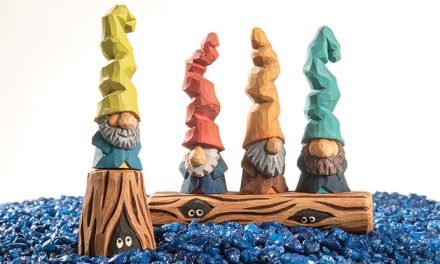

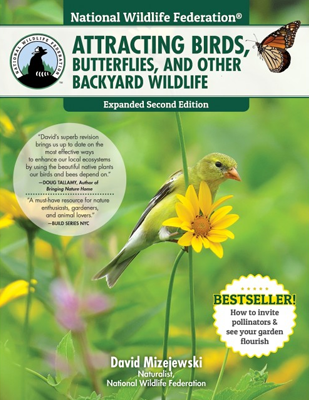
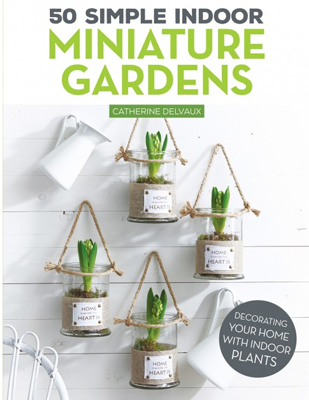
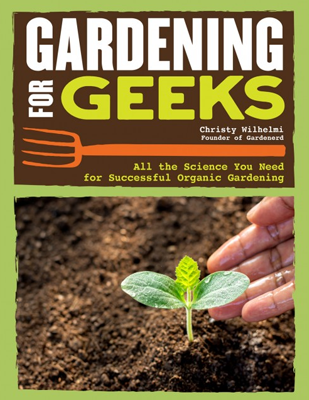
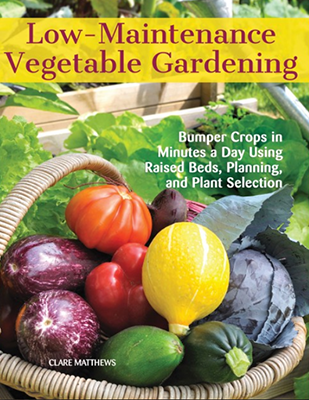
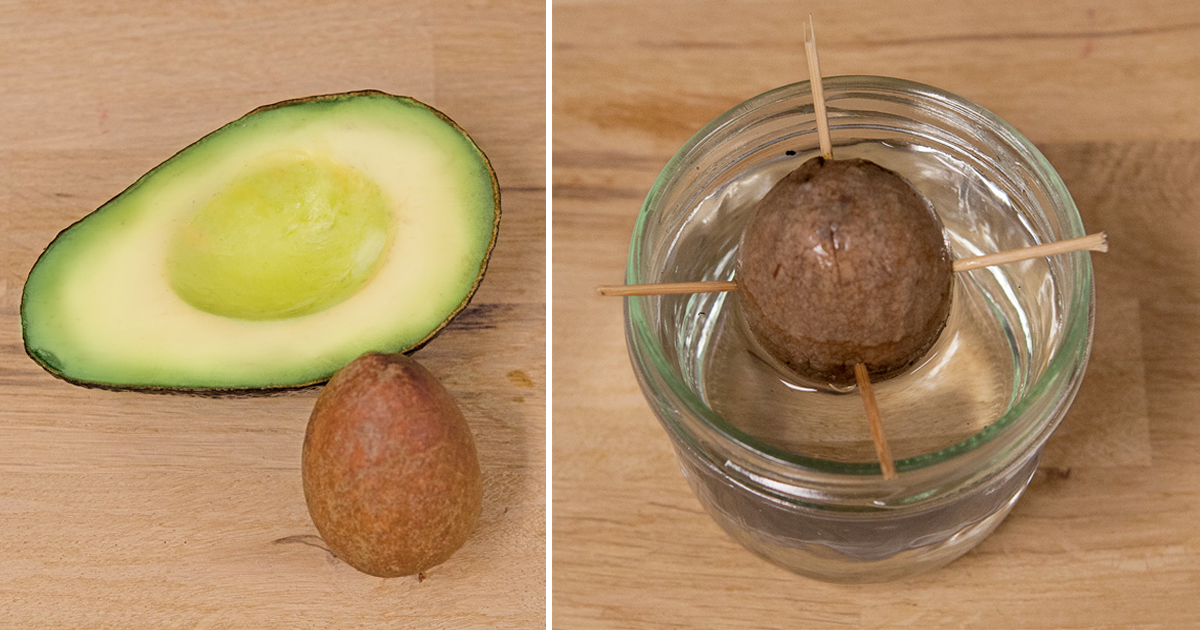
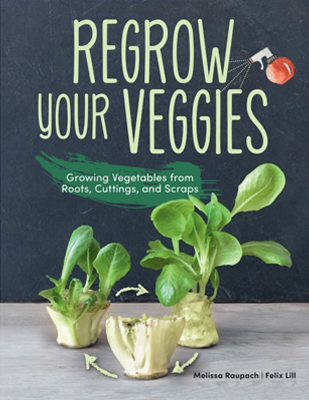
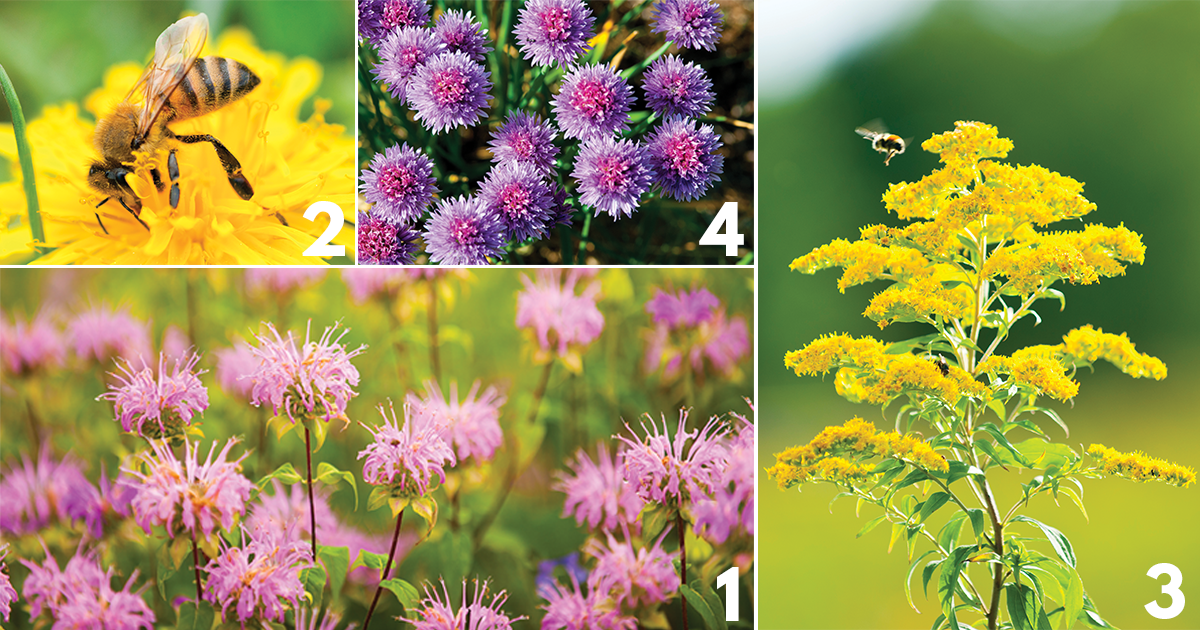
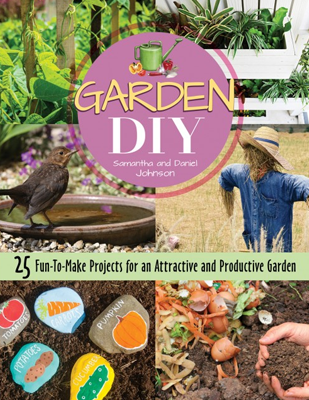
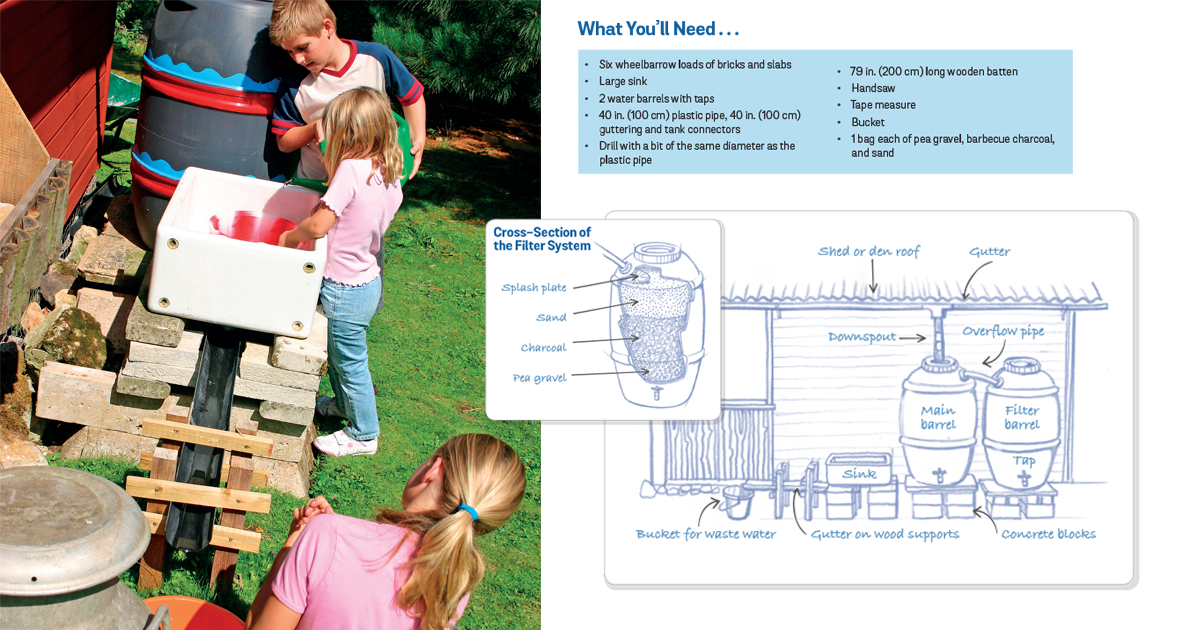
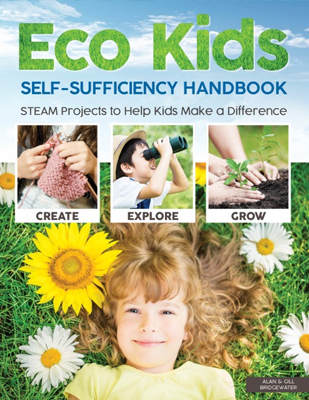
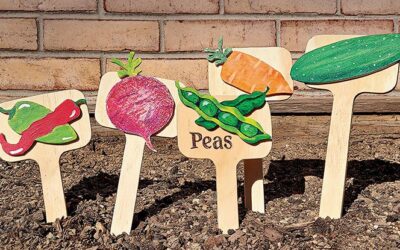


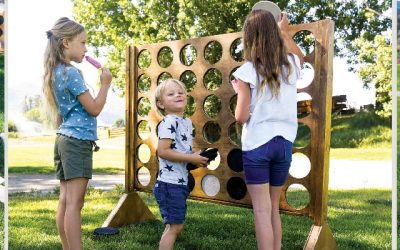
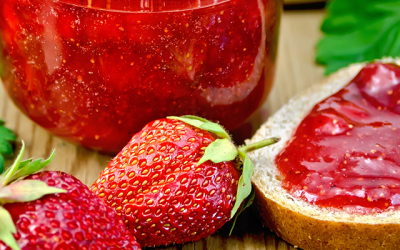
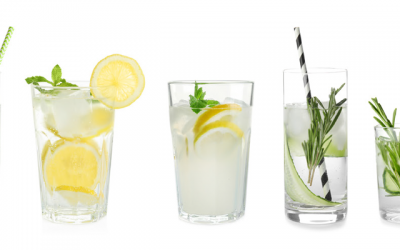
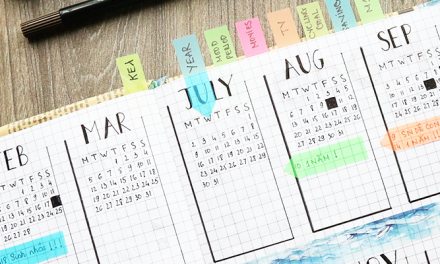

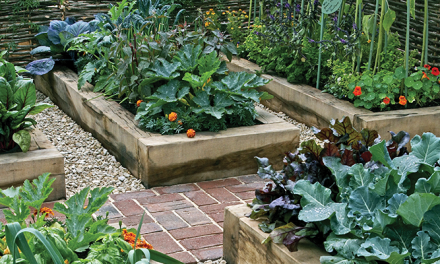
Recent Comments